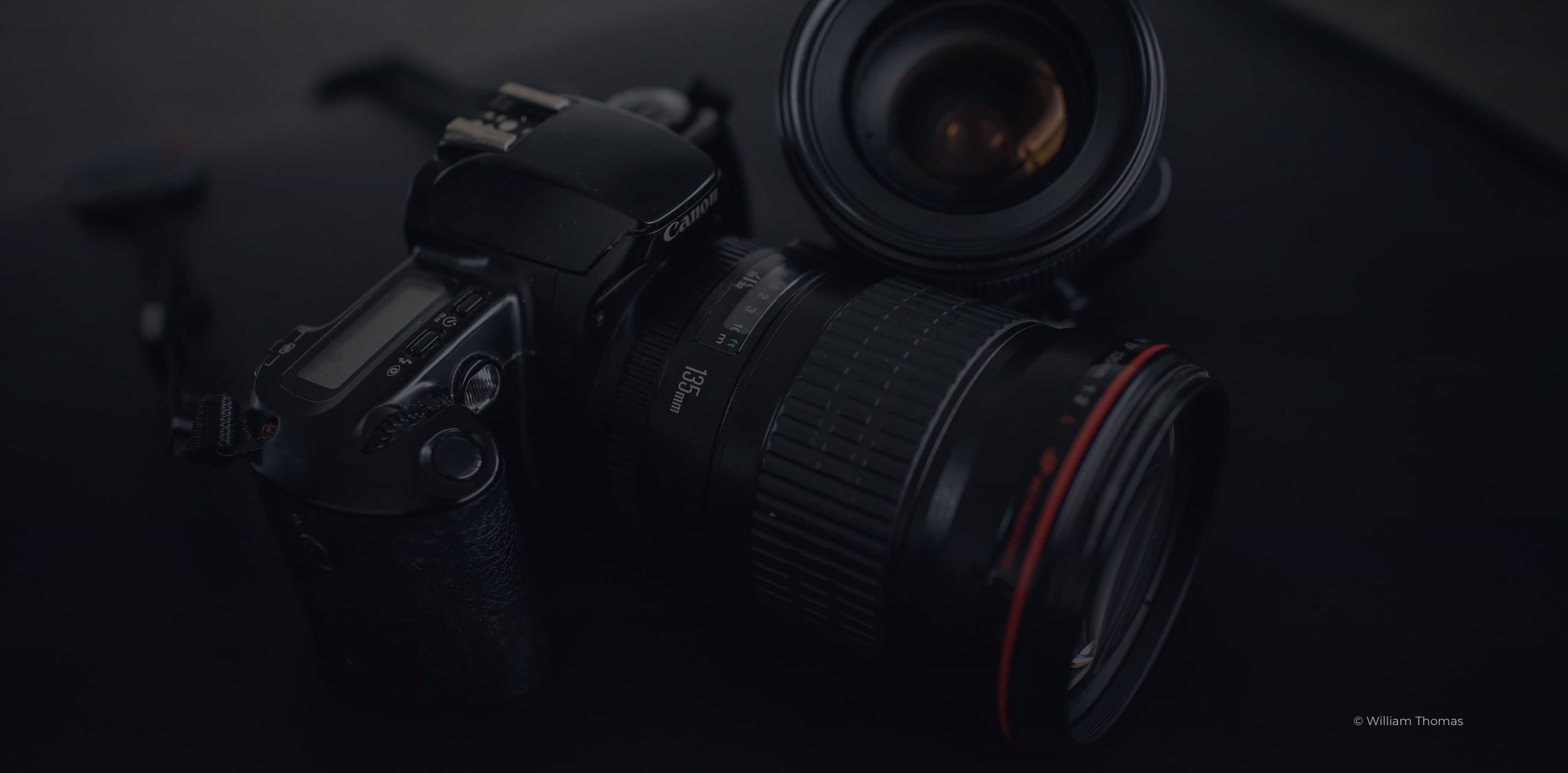@GeorgeHudetz
Really interesting testing of the files by your new S1RII camera body, by two different "basic" ISO settings, ISO 80 versus ISO 400.
And pushing up the exposure levels of the shadows by software of Capture One.
However Capture One is a very nice RAW converter in general, (I also do use it).
At the level of noise reduction, it is outdated by more new RAW converters, having specialised algorithms for noise reduction.
To get a better output for high ISO images, (or pushing up the shadow areas),
not long ago I purchased DXO RAW / Photolab "8" (+ extra edit functionalities).
But seems, there is already a new update Photolab "9":
https://www.dxo.com/dxo-photolab/
I got an update of my Photolab "8.8" just these days.

Looking to the Panasonic S1RII
I could not find an update "yet" for the so called
"including those from 5 generation sensors." for the latest Photolab version.
DxO PhotoLab und DxO PureRAW verarbeiten Bilder im RAW-Format von über 500 Digitalkameras, die in unseren Labors kalibriert wurden.

www.dxo.com
However I get wonderful high ISO quality by my own used Lumix S1R camera, going far beyond what is possible by Capture One.
Maybe you can get a free demo working version for 30 days of Photolab 9
To experiment what it is bringing to your Lumix S1R
II camera.
(If necessary, you can contact me via a private message to provide your RAW files,
so I can edit them here in DXO Photolab 8.8 for comparison with what you have done in Capture One).
For best result, you should be making a "mix" between what can be performed by the
"DeepPrime 3 (or version 2") noise reduction,
that can be looking a bit "over smooth" as a separate file, and blending in an untouched layer file.
Or add a minimal extra "film" noise after the noise reduction is done, so less "clinical".
And keep in mind some extra attention to use a more small "enlarging" box to see the result of this "DeepPrime 3" noise reduction
in a more small area of the image. As the full image takes to far CPU time to process the full image immediately.
(All is processed at the end when saving a file, as e.g. done by Capture One to).
-




